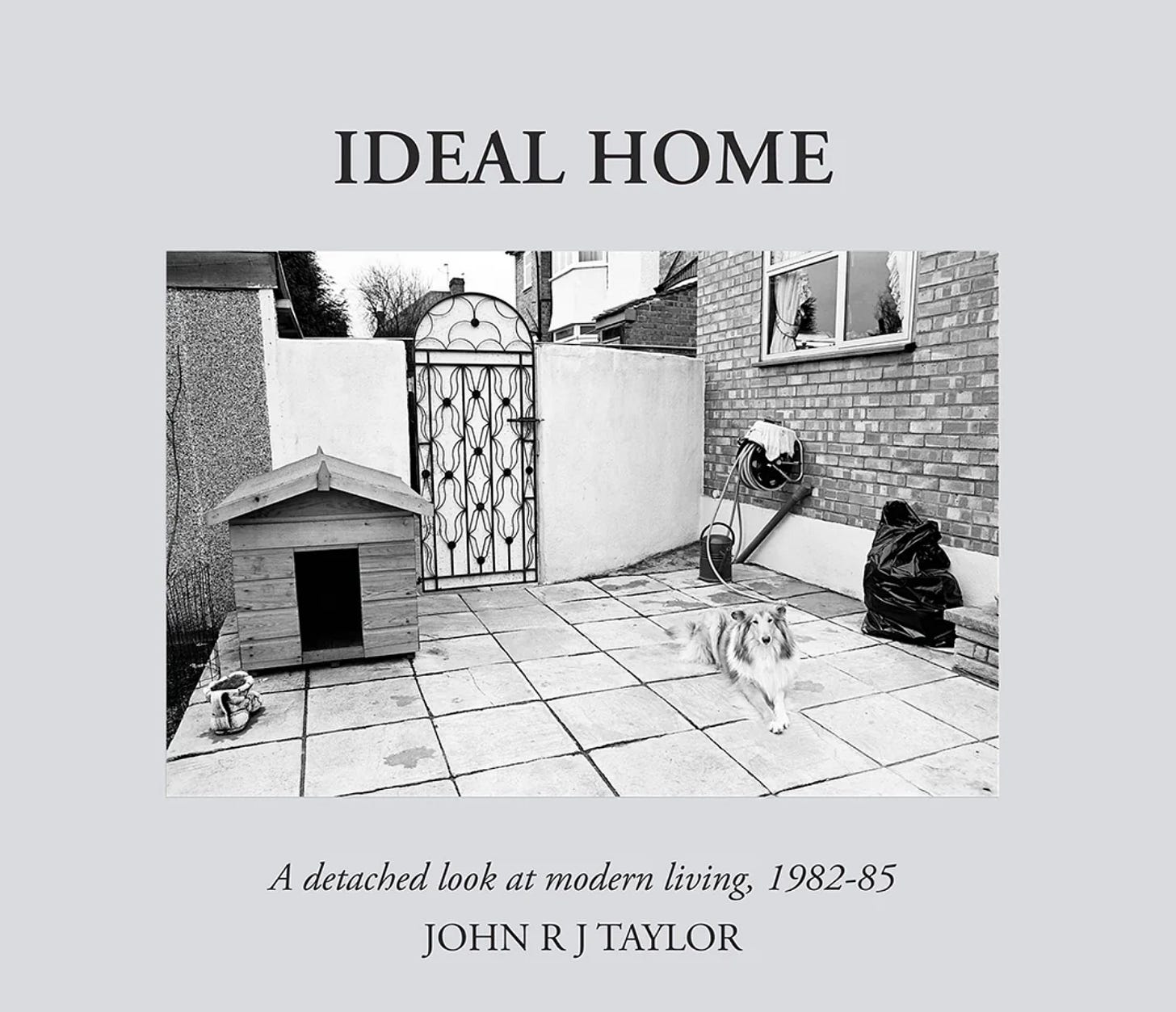I first came across this book in the mid-90s. I remember seeing it on the shelf of a remainder bookshop in South Kensington. It was a Sunday afternoon, and I was out with my then-girlfriend—and future wife—Sophie. At the time, I wasn’t working in photography. I had taken time out to find my place in it, having recently completed an apprenticeship in commercial studios focused on editorial and advertising photography. But I wasn’t even thinking about a career in photography anymore. All I knew was that I would never be a commercial photographer. I’d followed that path as far as it could take me.
Then, on that rather melancholy early autumn Sunday, after visiting the V&A, Sophie and I wandered into a bookshop next to South Kensington Tube. A slim, softback volume caught my eye—as did the portentous name of the photographer. The banal photographs of the interior and garden of a suburban ‘semi’ in Southgate seemed impossibly exotic to me. I couldn’t imagine making that kind of work myself—it felt like it came from an entirely different universe of seeing. It was a revelation to realise that such banality could be so beautiful and absorbing.
I bought the book and kept returning to it. It was, I think, the first proper photography book I ever owned. It became a kind of anchor in my visual development as both a photographer and a consumer of photographic images—though I didn’t realise this at the time. All I knew was that I was captivated by the images, and by the very fact of the book.
Years later, I would come to know John RJ Taylor well, and also the book’s publisher, Dewi Lewis. When I eventually returned to photography, the images from Ideal Home were already embedded in my imagination and would go on to inform every picture I made thereafter.
In this post, I share more background on the book and read my foreword, which was printed in the 2022 re-edition of Ideal Home by Dewi Lewis.
You can purchase a copy at the link below.











